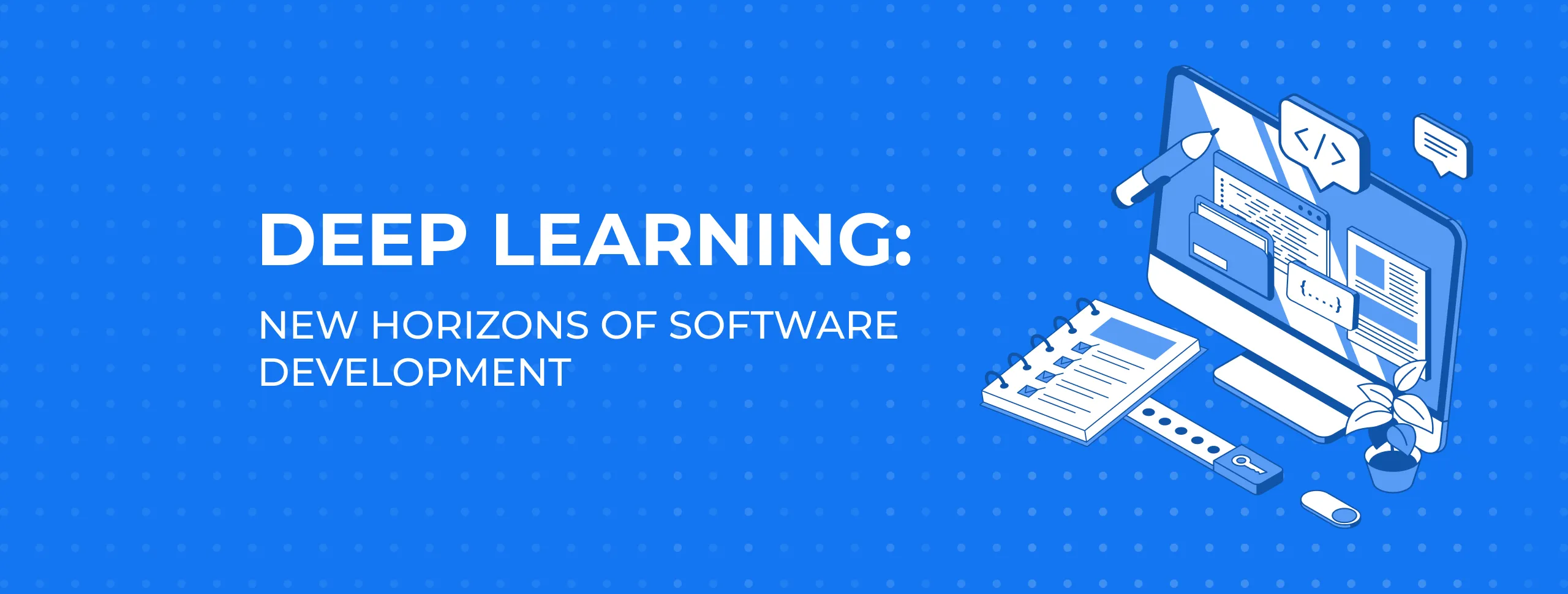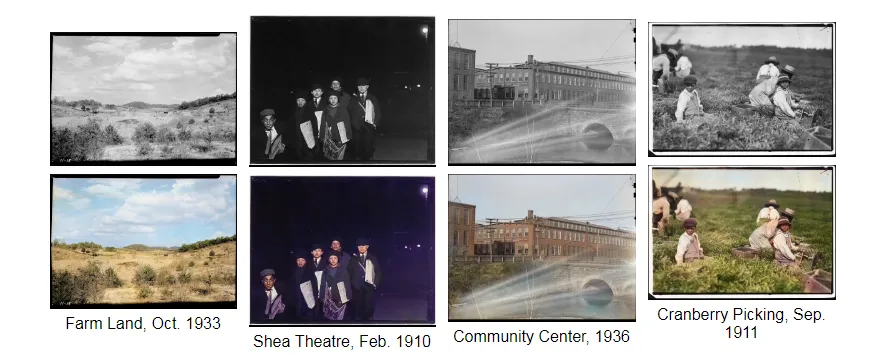
Deep Learning: New Horizons of Software Development

Deep Learning technology has now become one of the most popular IT trends, providing a platform for a great number of innovations. In this article, we will consider in more detail its main areas of application and its benefits for business software development.
5 Examples of How Deep Learning Changes our Lives
The IT market is increasingly moving towards so-called SaaS solutions (software-as-a-service). Services based on artificial intelligence technologies show rapid growth. According to statistics, in 2017, the Deep Learning market in the US alone reached $80 million. It is projected that in the years to come these figures will continue to grow. So why is it so popular?
1. Erase the Language Barrier
The Google Translate instant translation app now uses Deep Learning technology for visual translation. How does it work? The application uses deep neural networks to recognise text when scanning a picture. It's quite simple - the Deep Learning technology allows you to determine if there are letters in the picture, then when the letters are defined and the words are recognised, the app translates the caption from the picture into your native language:

Such an innovation will greatly improve the life of tourists - in a café, or example, there’ll be no need to puzzle over the names of the dishes on the menu. It's enough just to scan the page and get the necessary information in real time. Google experts say that the app is very fast and doesn’t overload the smartphone's RAM.
2. Super Search
Deep Learning technology allows you to go even further than just reading text on pictures - it can analyse videos. Oxford Visual Geometry group launched a service to find relevant BBC news based on neural networks. The program allows you to choose the videos you’re interested in using keywords that appear in the video, even those from many years ago.

3. Unlimited Possibilities for Working with Images
Systems based on Deep Learning provide many possibilities for image processing. With its help you can already add effects (for example, transform a simple picture into the style of a famous artist), increase clarity, adjust contrast etc.
The Deep Learning-based system Let there be color!, for example, helps to add colour to black-and-white photos and even video. Ultra-precision neural networks compute all the nuances of the image and divide it into layers to determine depth of colour and transitions. While the photos are being processed, the system trains itself and is then able to process old photos and even video materials with high quality:

4. One Step Closer to Communication with Machines
In 2016, Google released WaveNet, a system based on deep neural networks that can convert text to audio format. Unlike voice assistants such as Siri, WaveNet allows you to create a much more realistic vocal sound by sampling real human speech and directly simulating signals.
WaveNet’s self-training allowed the system to create a human voice close to real human speech and even music pleasant to the ear.
5. Speech Recognition
With the help of Deep Learning machines can not only speak, but also understand what you’re saying. A vivid example of this is the LipNet system, developed using neural network technology by scientists at Oxford University. LipNet was the first system in the world to be able to recognise speech by lip movement - not just individual words, but whole sentences at once. To achieve this, the system processes the video sequence, dividing it into many fragments and layers. The results are impressive:
Speech recognition technologies based on Deep Learning give a qualitative impetus to the development of medical technologies (for example, the creation of fundamentally new hearing aids), as well as security systems - e.g. lip-reading speech while watching video from CCTV cameras.
This is just a short list of features that Deep Learning technology offers. This innovation lies at the heart of unmanned vehicles, robotics and analytical systems - the opportunities are boundless.
If you want to create a project using the latest technologies, contact us to discuss the details and we’ll be happy to create an innovative solution for you.





